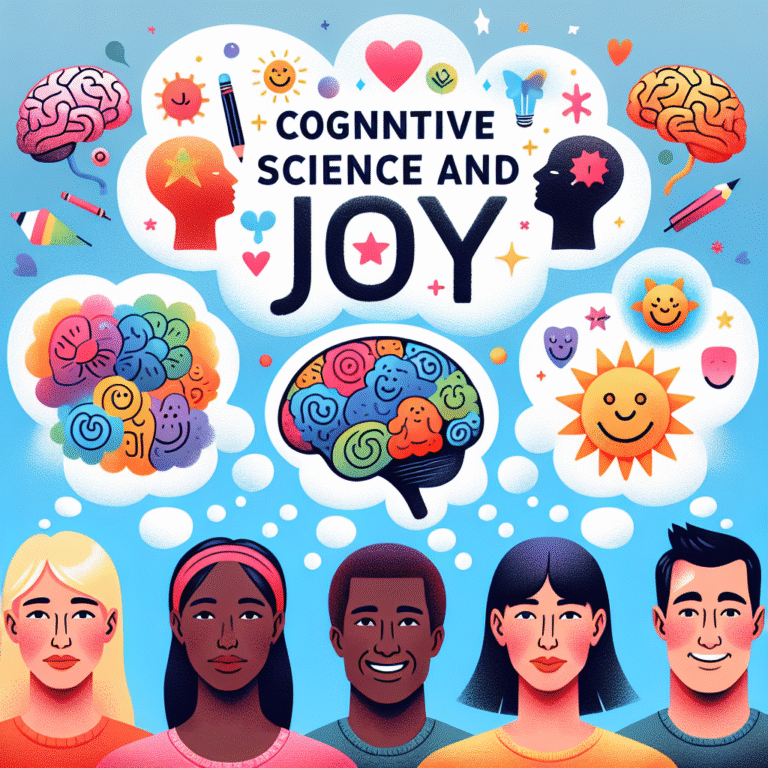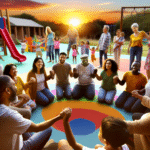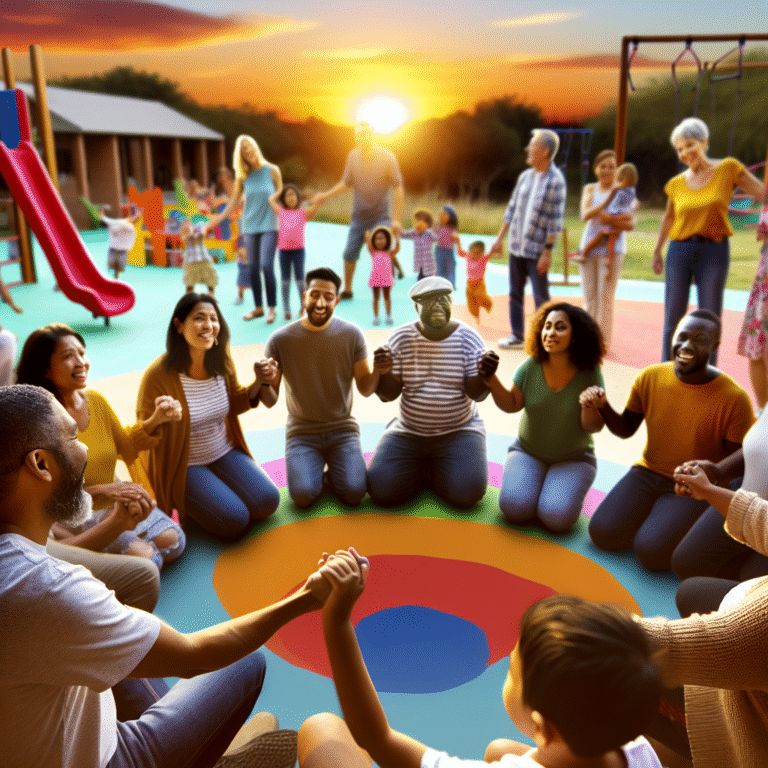
Cultivating Community: How to Build Meaningful Connections for a Thriving Society
Introduction
In an era increasingly defined by digital interactions, the concept of community often feels fragmented. Yet, we long for genuine connections that enrich our lives. “Cultivating Community: How to Build Meaningful Connections” is not just a topic—it’s a necessary skill in today’s society. In this article, we will explore the importance of building meaningful connections and provide actionable insights on how to cultivate a supportive community that can thrive amid modern challenges.
Understanding the Importance of Community
The Role of Community in Mental Health
Communities provide a sense of belonging, which plays a pivotal role in our emotional well-being. Research indicates that people with strong social connections tend to have better mental health outcomes and lowered stress levels.
| Aspect | Connection | Mental Health Impact |
|---|---|---|
| Friends | Deep, meaningful ties | Reduced anxiety, increased happiness |
| Family | Support networks | Greater resilience against life’s challenges |
| Local Groups | Shared interests | Sense of purpose, personal fulfillment |
Case Study: The “Buddy System”
A local community health center implemented a "Buddy System" for new mothers, pairing them with experienced moms to provide support. The program saw a 40% reduction in postpartum depression among participants, showcasing how building connections can lead to mental well-being.
The Core Principles of Cultivating Community
1. Authenticity
Building genuine connections starts with being authentic. People are drawn to honesty and vulnerability, which foster trust.
Actionable Tip:
Share your stories and challenges openly. Vulnerability can break down barriers and inspire others to do the same, paving the way for deeper connections.
2. Freely Giving
In the process of cultivating community, the act of giving—whether it’s time, skills, or resources—creates a cycle that enriches everyone involved.
Actionable Tip:
Volunteer your time for local events or initiatives. Not only does this contribute to communal goals, but it also allows you to meet like-minded individuals.
3. Embracing Diversity
A thriving community celebrates its diversity. Engaging with varied perspectives fosters creativity and innovation.
Actionable Tip:
Host multicultural events that encourage different cultures to share their stories, foods, and traditions. This can increase cultural understanding and build stronger ties.
4. Continuity
Community bonds strengthen over time. Regular engagement keeps the connections alive and growing.
Actionable Tip:
Create recurring community meet-ups—whether monthly coffee chats or seasonal festivals—to maintain engagement and deepen relationships.
Real-World Applications
Case Study: The Little Free Library Movement
The Little Free Library movement started as a simple idea: share books freely within a community. This grassroots initiative has led to thousands of libraries around the globe, creating spaces for neighborhoods to gather, exchange literature, and engage in conversations, which has significantly bolstered community connections.
Analysis:
This movement showcases the power of grassroots initiatives in “Cultivating Community: How to Build Meaningful Connections.” The emphasis on sharing a simple resource has blossomed into deeper friendships, communal literacy, and a shared love for reading.
Critical Strategies for Building Connections
Utilizing Technology
In our digital age, technology can be a tool for cultivating community. Platforms like Meetup or Facebook Groups allow people with similar interests to find one another.
Actionable Tip:
Create an online group for specific interests in your locality that encourages offline meet-ups.
Hosting Events
Events are essential in bringing people together. Consider both formal gatherings and informal get-togethers.
Actionable Tip:
Arrange workshops or seminars on community issues that stimulate discussion and connection.
Creating Safe Spaces
Safety fosters honesty. When individuals feel secure, they are more likely to share their thoughts and feelings.
Actionable Tip:
At events, create guidelines to promote respect and attentiveness, ensuring everyone feels valued.
Sustaining Engagement
After establishing a sense of community, keeping the momentum is crucial. Regular updates, newsletters, or social media posts can keep members engaged.
Actionable Tip:
Establish a community newsletter that highlights member achievements, discusses upcoming events, and shares resources.
Overcoming Challenges in Community Building
Addressing Miscommunication
Misunderstandings can derail community-building efforts. Open channels for discussion can mitigate conflicts.
Actionable Tip:
Provide conflict resolution training for community leaders to handle grievances effectively.
Dealing with Resistance
Not everyone will buy into the idea of community-building. Some may prefer solitude.
Actionable Tip:
Engage skeptics by highlighting success stories that illustrate the benefits of community involvement.
Maintaining Inclusivity
Building a diverse community can come with challenges, particularly in ensuring everyone feels included.
Actionable Tip:
Seek feedback from community members on barriers they face to participation and address these through targeted initiatives.
Conclusion
Cultivating community is not just a goal; it’s a journey that requires intention and effort. By emphasizing authenticity, diversity, and consistent engagement, anyone can foster meaningful connections that enrich lives. As we navigate the complexities of modern life, let us be inspired to embrace the art of cultivating community.
With small, actionable steps, we can create networks of support, empathy, and joy—transforming not only our lives but the world around us. Start today on your journey by extending a hand, listening, and sharing. Together, we can build a vibrant, interconnected society.
FAQs
1. What does it mean to cultivate community?
Cultivating community involves creating and nurturing relationships among individuals in a group with shared interests, values, or experiences. It emphasizes connection and support.
2. How can I start building connections in my neighborhood?
Begin by attending local events, volunteering, or initiating meet-ups around common interests to foster connection.
3. What are some challenges of building a community?
Challenges include miscommunication, resistance from individuals, and ensuring inclusivity among diverse groups.
4. How often should community gatherings occur?
Regular gatherings, such as monthly or quarterly, help sustain engagement and deepen relationships.
5. Can online platforms be effective for community-building?
Yes, utilizing social media and websites can help connect individuals with shared interests, complementing offline interactions to strengthen community ties.
By embracing community-building principles, we can create spaces of support and fellowship. As we continue exploring “Cultivating Community: How to Build Meaningful Connections,” remember the ripple effect your actions can have, and take initiative in fostering deep, lasting bonds with those around you.
















